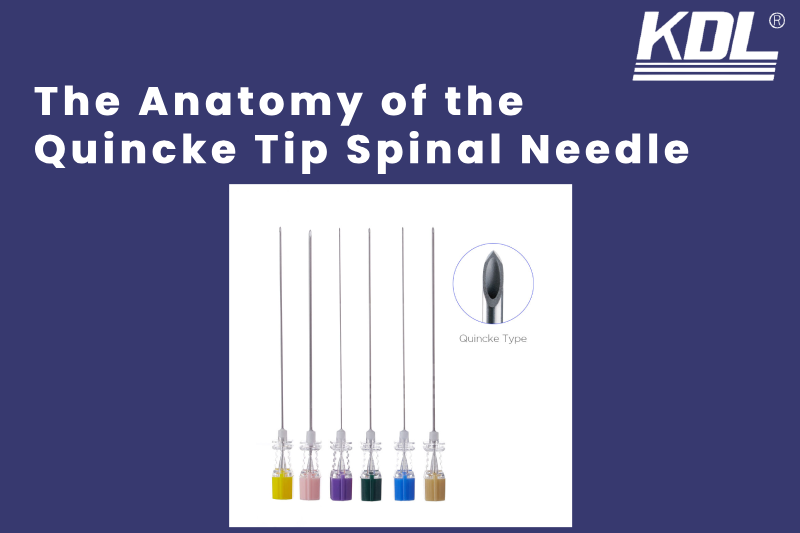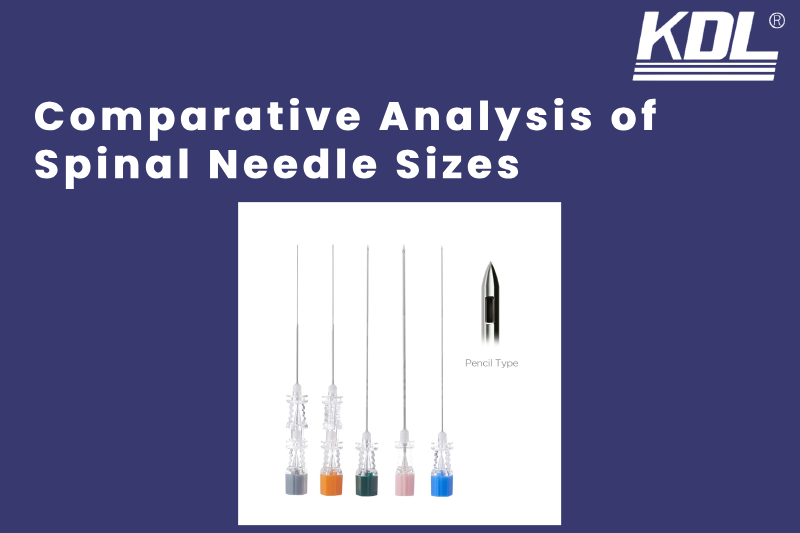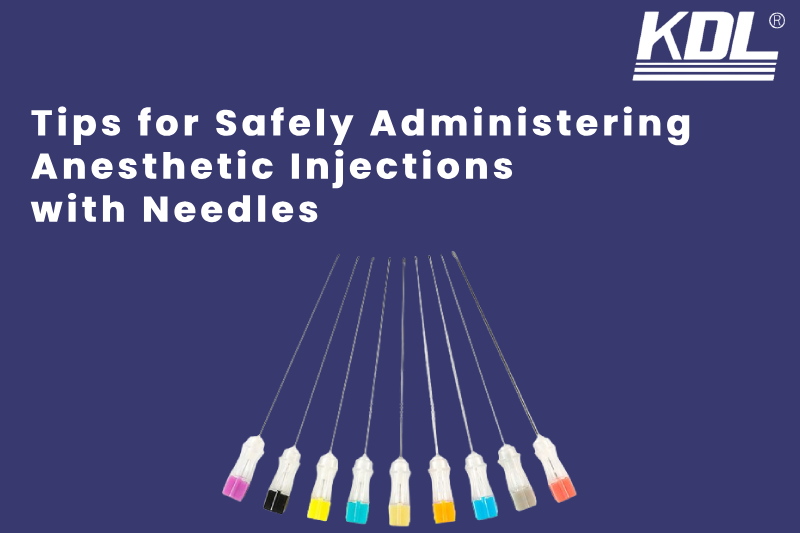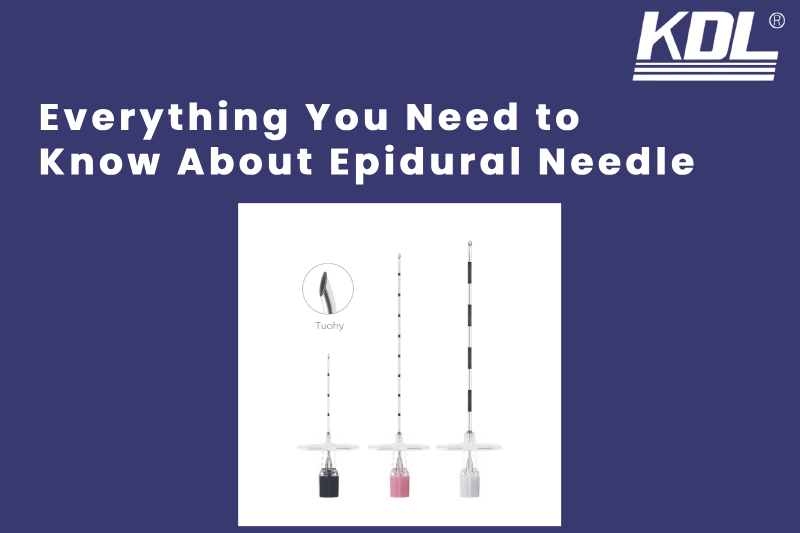
Choosing the right feeding tube for a patient is important. It can make a big difference in their comfort, health, and overall care. There are many types of feeding tubes, and each one is designed for different needs. In this guide, we’ll compare different feeding tubes, explain what to consider when choosing one, and help you understand the materials and designs available.
Understanding the Different Types of Feeding Tubes
Feeding tubes come in several types. Here’s a simple look at the most common ones:
Nasogastric (NG) Tubes
Nasogastric tubes are put in through the nose and go down to the stomach. They are usually used for short-term feeding, like after surgery or during a short illness. NG tubes are easy to place and remove, but they can be uncomfortable, especially if used for a long time. They can also slip out of place easily.
Gastrostomy (G-Tube)
Gastrostomy tubes, or G-tubes, are inserted directly into the stomach through the abdomen. They are meant for long-term feeding. G-tubes stay in place better than NG tubes and are more comfortable over time. However, they require surgery to be put in, which comes with some risks like infection.
Jejunostomy (J-Tube)
Jejunostomy tubes, or J-tubes, are similar to G-tubes but are inserted into the small intestine instead of the stomach. They are used for patients with severe stomach problems or those who can’t have food go into their stomach. J-tubes work well for these patients, but they are more complicated to care for.
Percutaneous Endoscopic Gastrostomy (PEG) Tubes
PEG tubes are a type of G-tube that are placed using a camera (endoscope) in a less invasive procedure. They are used for long-term feeding and are similar to G-tubes in many ways. The main benefit is that they are easier to put in, so recovery is faster. However, there is still a chance of complications like infection.
Factors to Consider When Choosing a Feeding Tubes
There are several things to think about when choosing a feeding tube. These will help you find the best option for your patient.
Patient’s Medical Condition
The patient’s health condition is the most important factor. For example, patients with trouble swallowing might do well with a G-tube or PEG tube, while those with severe stomach problems may need a J-tube. Knowing the patient’s specific needs will help you choose the right tube.
Duration of Tube Feeding
Think about how long the patient will need the tube. NG tubes are good for short-term use because they are easy to put in and take out. But for long-term feeding, a more permanent option like a G-tube, J-tube, or PEG tube is better. These tubes are more stable and comfortable over time.
Comfort and Quality of Life
Patient comfort is key. Low-profile tubes, often called “button tubes,” are small and sit close to the skin, making them more comfortable and easier to hide under clothes. They also allow patients to move around more easily. It’s important to consider how easy it is for the patient or caregiver to manage the tube, as this will affect daily life.
Ease of Use and Maintenance
Different tubes require different levels of care. For example, NG tubes are simple to insert and remove, while J-tubes need more specialized care. Consider how much support the patient has when choosing a tube, as proper care is important to avoid problems like infections or blockages.
Comparing Feeding Tube Products by Material and Design
Feeding tubes are made from different materials and come in various designs. Here’s a look at what you need to know:
Silicone vs. Polyurethane Tubes
Feeding tubes are usually made from silicone or polyurethane. Silicone tubes are flexible and comfortable, making them a good choice for long-term use. However, they might not last as long as polyurethane tubes, which are stronger and more durable. Polyurethane tubes are also thinner, which can make them easier to insert, but they may not be as comfortable.
Single vs. Double Lumen Tubes
Feeding tubes can have one channel (single lumen) or two channels (double lumen). Single lumen tubes are simple and easy to manage. Double lumen tubes offer more functions, like giving medication through one channel while feeding through the other. This can be helpful for patients with complex care needs.
Low-Profile Tubes (Button Tubes)
Low-profile tubes are designed to sit close to the skin, making them less likely to be pulled out and less noticeable under clothing. These tubes are often chosen by patients who want to be more active. While they might need to be replaced more often due to their design, the extra comfort and ease of use can be worth it.
Additional Considerations and Services
When choosing a feeding tube, there are other things to think about beyond the tube itself.
Cost and Insurance Coverage
The cost of feeding tubes can vary, depending on the type and brand. Some types of tubes may be covered by insurance, but it’s important to check what coverage is provided and what costs you may need to pay yourself.
Manufacturer Support and Warranty
Some companies offer extra support, like customer service hotlines, educational materials, and warranties on their products. Choosing a top feeding tube manufacturer that offers good support can be reassuring, especially if you have any issues with the tube.
Nutritional Services and Accessories
Patients with feeding tubes often need special nutrition formulas and tools, like syringes, extension sets, and feeding pumps. Working with a dietitian or healthcare provider can help make sure the patient gets the right nutrition and that all the accessories work well with the chosen tube.
Conclusion
Choosing the right feeding tube for your patient is an important decision. By thinking about the patient’s health, comfort, and the type of tube that will work best, you can make an informed choice. It’s also important to consider the costs, support services, and any extra needs the patient might have. Always work with healthcare providers to make sure you’re choosing the best tube for your patient’s needs, so they can have the best possible care and comfort.
 +86-791-8686-1216
+86-791-8686-1216 










